Politics
Draft EO would make GSA the center of most common buys
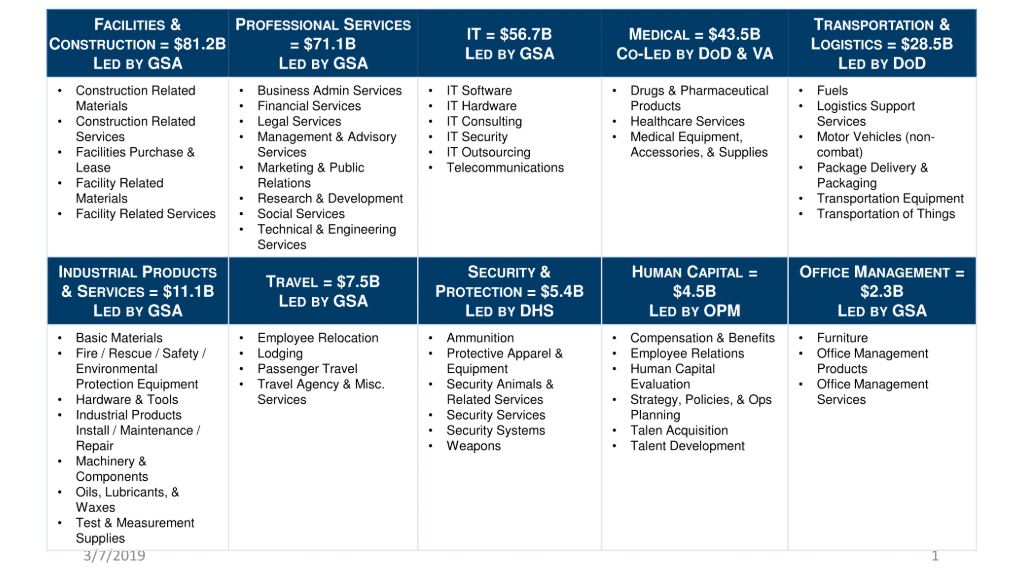
The White House wants to bring centralized procurement back to the government, returning agencies to the pre-acquisition reform days of the 1990s for most common services and products.
President Donald Trump is expected to sign an executive order in the coming days that would put the General Services Administration in charge of buying all products and services that make up the 10 areas of category management.
These include everything from IT to medical drugs and devices to professional services to seven other categories as defined by the Category Management Leadership Council.
Additionally, GSA will take over management of governmentwide acquisition contracts (GWACs) for IT services and products with an eye toward reducing duplicative vehicles.
“Consolidating domestic federal procurement in the General Services Administration — the agency designed to conduct procurement — will eliminate waste and duplication, while enabling agencies to focus on their core mission of delivering the best possible services for the American people,” the White House wrote in a draft executive order, which Federal News Network obtained. “It is time to return the General Services Administration to its original purpose, rather than continuing to have multiple agencies and agency subcomponents separately carry out these same functions in an uncoordinated and less economical fashion.”
Two emails to the White House seeking comment on these changes were not returned.
This is the first of what is expected to be two acquisition focused executive orders the president is expected to sign in the next few weeks. Multiple sources say the second order will focus on rewriting the Federal Acquisition Regulations.
The draft EO gives agencies 30 days to come up with a plan to submit to GSA to have them “conduct domestic procurement with respect to common goods and services for the agency, where permitted by law.”
GSA then has 90 days to submit a plan for how they will implement this initiative to the Office of Management and Budget (OMB).
Category management categories and spend as of 2019. Source: Acquisition.gov
Before the acquisition reform efforts of the 1990s with the passage of the Federal Acquisition Streaming Act (FASA) and Federal Acquisition Reform Act (FARA), GSA was the mandatory, governmentwide source for the procurement of goods and services and the acquisition, management and disposal of real property under the Federal Property and Administrative Services Act of 1949.
In many ways, the draft EO is bringing the government back to the statute that established GSA.
What does EO mean for NASA, NITAAC?
The biggest change in the draft EO, however, may be GSA taking over the IT GWACs. OMB has 14 days to issue a memo to initiate this change and 30 days give GSA the full authority.
Currently, GSA, NASA and the National Institutes of Health’s IT Acquisition and Assistance Center (NITAAC) run these governmentwide contracts.
Under the terms of the EO, GSA will decide whether NASA and NITAAC will continue to run SEWP and CIO-SP, CS and other programs.
“The [GSA] administrator, in consultation with the director of OMB, shall defer or decline the executive agent designation for governmentwide acquisition contracts for information technology when necessary to ensure continuity of service or as otherwise appropriate,” the draft EO states. “The administrator shall further, on an ongoing basis and consistent with applicable law, rationalize governmentwide indefinite delivery contract vehicles for information technology for agencies across the government, including as part of identifying and eliminating contract duplication, redundancy and other inefficiencies.”
This authority to approve GWACs currently resides in the Office of Federal Procurement Policy, which serves as the designated approval authority.
This isn’t the first time OMB and GSA tried to reduce the number of GWACs and multiple award contracts. During the Obama administration, OFPP initiated a pre-approval process for any large multiple award IT contract with a ceiling of at least $250 million in 2011 and had plans to drop that ceiling requirement to $50 million.
This effort had minimal impact in reducing duplicative GWACs or multiple award contracts.
In 2006, former GSA Administrator Lurita Doan suggested taking over IT GWACs like NASA SEWP, but received pushback from the federal community. At that time, OFPP also initiated a data collection effort to see how many interagency and agency-specific multiple award contracts existed.
Another side effect of this EO is whether GSA continues its current set of GWACs, including Alliant 3, the ASEND cloud contract and whether the future of NASA SEWP VI and NITAAC’s CIO-SP4, which is now four years since the organization released is initial solicitation.
Acquisition experts say the draft EO elicits several questions that will need to be answered with the implementation guidance:
- How will agencies pay for these services from GSA?
- With GSA Federal Acquisition Service aiming to reduce its workforce by 50% or more, will acquisition workers from other agencies transfer to FAS to help run these procurements?
- How will GSA ensure it doesn’t get complacent as the centralized procurement provider, which experts say was an issue in the 1980s?
- How does this impact the Defense Department and the categories they manage as well as agencies with their property authorities like the departments of Interior, Agriculture and Veterans Affairs hospitals?
The post Draft EO would make GSA the center of most common buys first appeared on Federal News Network.
Politics
Musk Has Gone Quiet About the Launch of His ‘America Party’ — Here’s What We Know

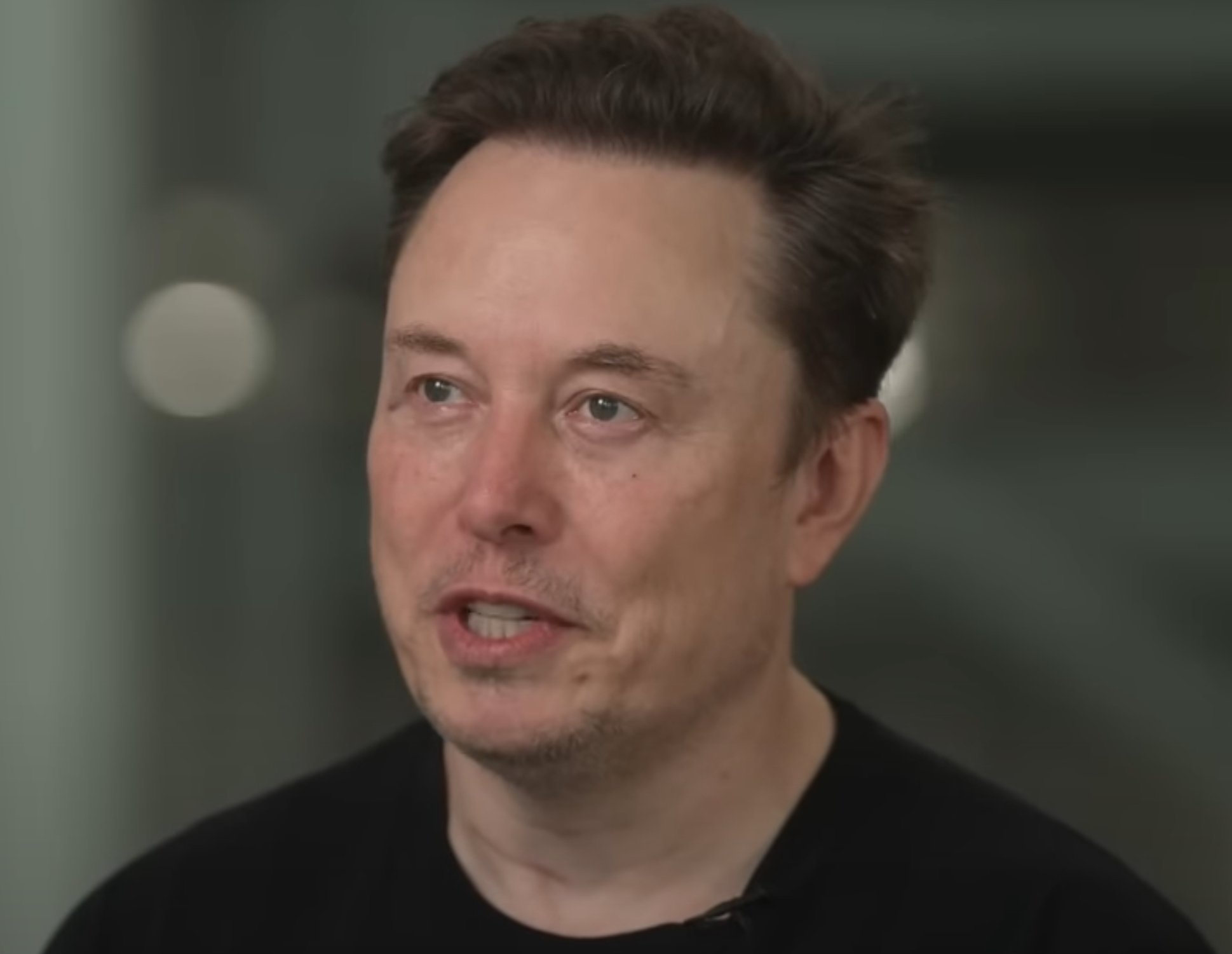
Maybe Elon Musk is more interested in planets than politics.
The mega-billionaire founder of Tesla, owner of X, and the genius behind the pioneering company SpaceX caused a huge stir in early July when he announced the birth of a new third party on the American political scene.
The question now is, whatever became of that?
Musk first broached the subject in a July 4 post on X when he launched a poll to find out what his followers thought. The results weren’t even close.
By a factor of 2 to 1, you want a new political party and you shall have it!
When it comes to bankrupting our country with waste & graft, we live in a one-party system, not a democracy.
Today, the America Party is formed to give you back your freedom. https://t.co/9K8AD04QQN
— Elon Musk (@elonmusk) July 5, 2025
“By a factor of 2 to 1, you want a new political party and you shall have it!” Musk wrote in a July 5 post.
“Today, the America Party is formed to give you back your freedom.”
Naturally, the post caused a splash.
Elon Musk is one of the few names in politics that can even come close to competing with the star power of President Donald Trump. So the idea that he could be mounting an actual challenge to Trump’s Republican Party would have been news indeed.
But as The Daily Caller White House correspondent Reagan Reese wrote in an article published Monday, there appears to be nothing in the way of follow-through coming yet.
“Musk hasn’t even mentioned the effort in over a month, and insiders told the Daily Caller that it seems Musk has begun to realize just how difficult what he pledged to do would be,” Reese wrote.
At the time of Musk’s announcement, Trump branded the idea of a third party “ridiculous.”
NEW: Trump Responds to Elon Musk Starting a Third Party When Asked By a Reporter: “Third parties have never really worked. So he can have fun with it, but I think it’s ridiculous.” pic.twitter.com/qTARvvE1Jx
— Chuck Callesto (@ChuckCallesto) July 6, 2025
Musk, of course, has other things on his plate besides politics.
As USA Today reported last week, Musk’s SpaceX could be nearing a new test flight for its Starship rocket, a 400-foot spacecraft the newspaper called “crucial” to future space ambitions, for Musk and the country as a whole.
Musk is a very public booster of manned trips to Mars — extraterrestrial exploration is vital “for the long-term survival of civilization,” he said, USA Today reported.
Humanity is essentially faced with the prospect of branching out or dying out.
One path means “we stay on Earth forever and then there will be some sort of eventual extinction event,” he wrote in a 2017 paper published by the journal New Space.
According to the electronics news-centric website CNET, Musk told the SXSW festival in Austin, Texas, in 2013 that he wants to die on Mars — “just not on impact.”
There are also very earthly concerns for Musk to consider about starting a party that would compete almost exclusively with Republicans for support.
(Besides Musk’s famously libertarian inclinations — free speech, gun rights, etc. — his popularity among liberals is so low it can be measured in the number of Tesla vehicles damaged and dealerships attacked by leftists.)
According to Reese’s report, a former Department of Government Efficiency consultant who launched a political action committee specifically to counter the threat of a Musk third party said Musk has realized that helping Democrats might not be so helpful to his own interests.
“Make no mistake, there is a real threat to both Elon and to his businesses if the Democrats were to regain control,” James Fishback, CEO of the Arizona investment firm Azoria, told Reese.
“That’s a message that I shared privately with Tesla executives, and that may have been part of the reason why he attenuated his positioning on that.”
Musk can be unpredictable, of course. He’s a generational genius, and geniuses make their own decisions and forge their own paths.
But for now, at least, it appears his third party is going to stay in the background of the political stage.
This article appeared originally on The Western Journal.
The post Musk Has Gone Quiet About the Launch of His ‘America Party’ — Here’s What We Know appeared first on The Gateway Pundit.
Politics
Chinese Ships Collide: Karmic Payback for Years of Bullying the Philippine Coast Guard
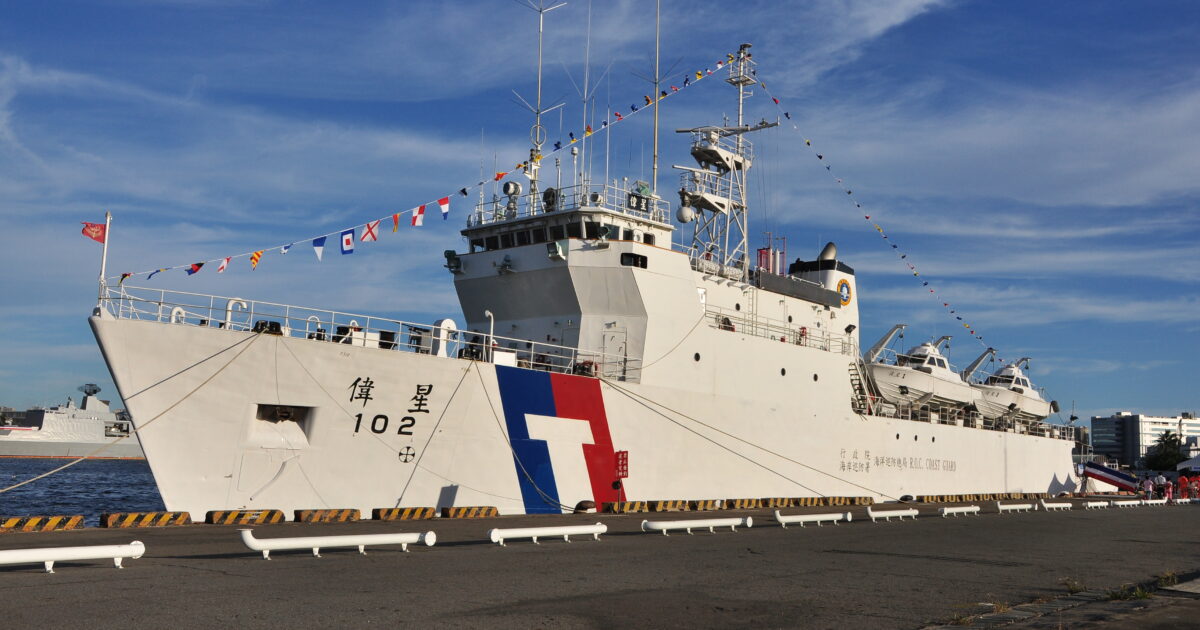
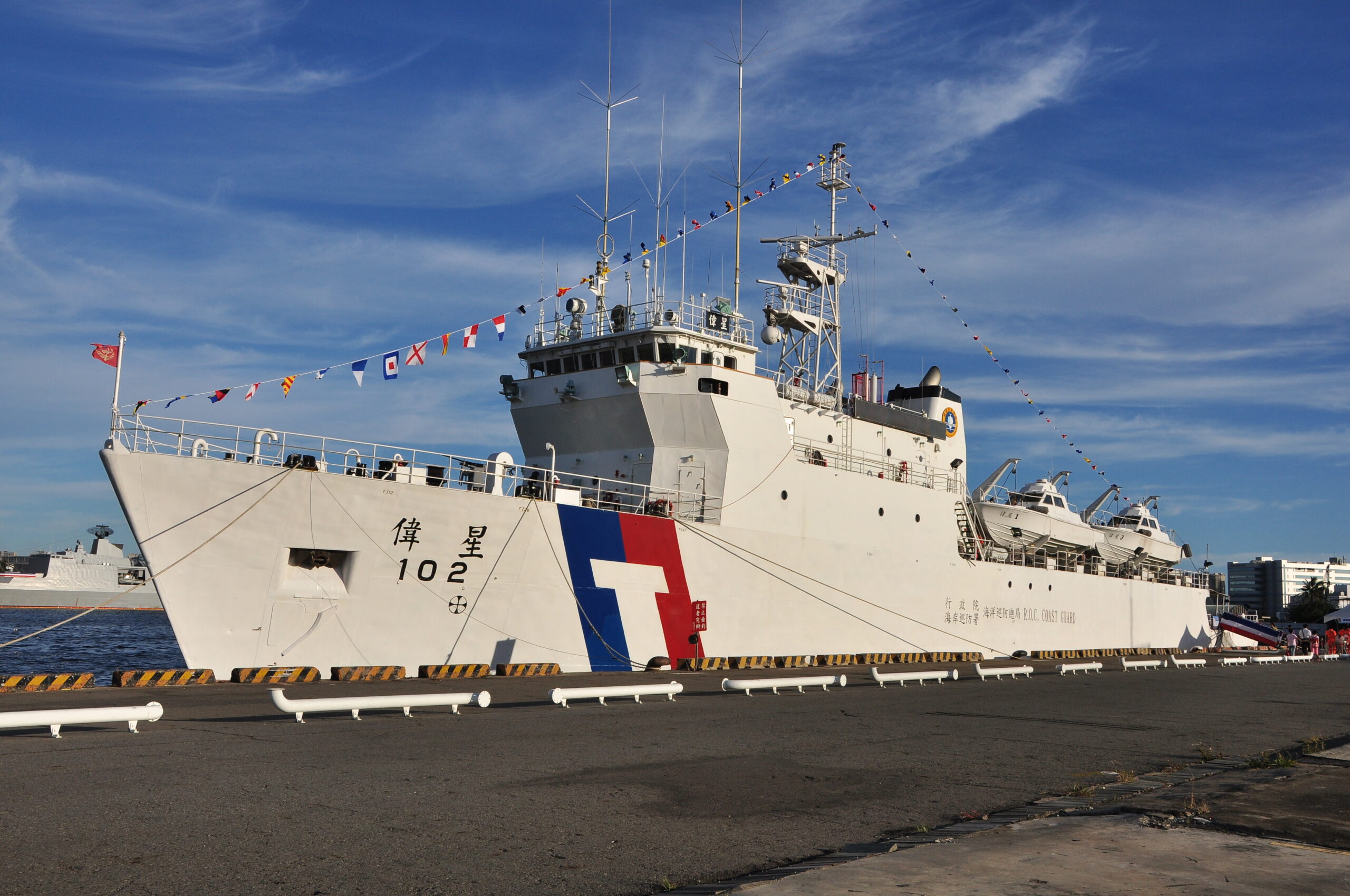 RudolphChen, CC BY-SA 3.0 <https://creativecommons.org/licenses/by-sa/3.0>, via Wikimedia Commons
RudolphChen, CC BY-SA 3.0 <https://creativecommons.org/licenses/by-sa/3.0>, via Wikimedia Commons
On an ongoing basis, the Chinese Coast Guard has harassed and intimidated Philippine Coast Guard and fishing vessels in the South China Sea. China claims almost the entire sea, while the Permanent Court of Arbitration has rejected China’s claims. As the Philippine ships and vessels continues to use territory which the world recognizes as belonging to the Philippines, China has historically used bully tactics, blocking, ramming, and damaging Philippine vessels or shooting them with high powered water cannons. This week, China was dished some karmic justice when two of its bully ships collided, rendering one of them on seaworthy.
This increased aggression by China is one of the primary reasons why the US Navy conducts freedom of navigation patrols in the region.
On Monday, August 11, 2025, two Chinese vessels collided while pursuing Philippine Coast Guard ships near Scarborough Shoal in the South China Sea. The Chinese Coast Guard cutter CCG 3104 struck the PLA Navy guided-missile destroyer Guilin (hull number 164) a botched blockade attempt.
The clash occurred as Philippine Coast Guard vessels BRP Teresa Magbanua and BRP Suluan escorted the fishing vessel MV Pamamalakaya and 35 local fishing boats as part of Manila’s Kadiwa Operation, which delivers fuel and supplies to Filipino fishermen operating in the country’s western exclusive economic zone.
Philippine Coast Guard spokesman Commodore Jay Tarriela said CCG 3104, while chasing the BRP Suluan at high speed, attempted a risky maneuver from the vessel’s starboard quarter. The cutter’s movement caused it to ram into the Guilin, which was approaching from the other side. Analysts believe the Chinese ships were trying to “sandwich” the Philippine cutter, forcing it into the path of a close-range water cannon blast. Poor coordination turned the maneuver into a self-inflicted collision.
The impact left CCG 3104 “unseaworthy,” with significant damage to its bow and forecastle. The Chinese crew did not respond to the Philippine ship’s offer of assistance, and it remains unclear if there were any injuries.
The involvement of the Chinese Navy destroyer Guilin in the Scarborough Shoal collision was considered highly unusual and “overkill” by analysts. PLA Navy warships typically remain “over the horizon” and avoid direct engagement, leaving such confrontations to the Chinese Coast Guard. This made the August 11 incident one of the most severe encounters between Chinese forces and the Philippines, highlighting the escalating tensions in the South China Sea.
Scarborough Shoal has been a persistent flashpoint since China seized it from the Philippines in 2012. Since then, Beijing has waged a steady campaign of harassment against Philippine civilian and government vessels, which has intensified in recent years. In February 2023, a Chinese Coast Guard vessel used a military-grade laser against a 44-meter Philippine Coast Guard ship during a resupply mission.
In March 2024, Chinese ships deployed water cannons on Philippine vessels, shattering a windshield and injuring crew members. The following month, three Chinese cutters rammed and blasted Philippine patrol boats with water cannons near Scarborough Shoal, while others threatened Filipino fishermen at Iroquois Reef. In January 2025, multiple Chinese vessels made aggressive maneuvers toward Philippine fisheries boats, forcing the suspension of a scientific survey.
Beijing justifies these actions through its “nine-dash line” claim, which asserts Chinese historical rights over roughly 90 percent of the South China Sea. The claim is based on a 1947 map created by the Nationalist government and later adopted by the Communist regime, citing historical records dating back to the Han Dynasty. Despite a 2016 international arbitration ruling rejecting the nine-dash line as having “no legal basis,” China has ignored the decision and continued to enforce its claims.
By enforcing the nine-dash line, Beijing seeks to transform these international waters into de facto sovereign territory in a process experts call “maritime territorialisation.”
Strategically, the South China Sea is a vital artery for global trade, with $3.36 trillion worth of goods passing through annually, including 80 percent of China’s energy imports. The waters are also rich in fishing grounds and contain large reserves of oil and natural gas.
Ironically, China is a signatory to the United Nations Convention on the Law of the Sea (UNCLOS), while the United States is not. Yet it is the U.S. that serves as the principal enforcer of the law, and China that stands as its principal violator.
The post Chinese Ships Collide: Karmic Payback for Years of Bullying the Philippine Coast Guard appeared first on The Gateway Pundit.
Politics
$50 Million Bounty on Nicolás Maduro: A New Chapter in Counter-Terror Strategy.
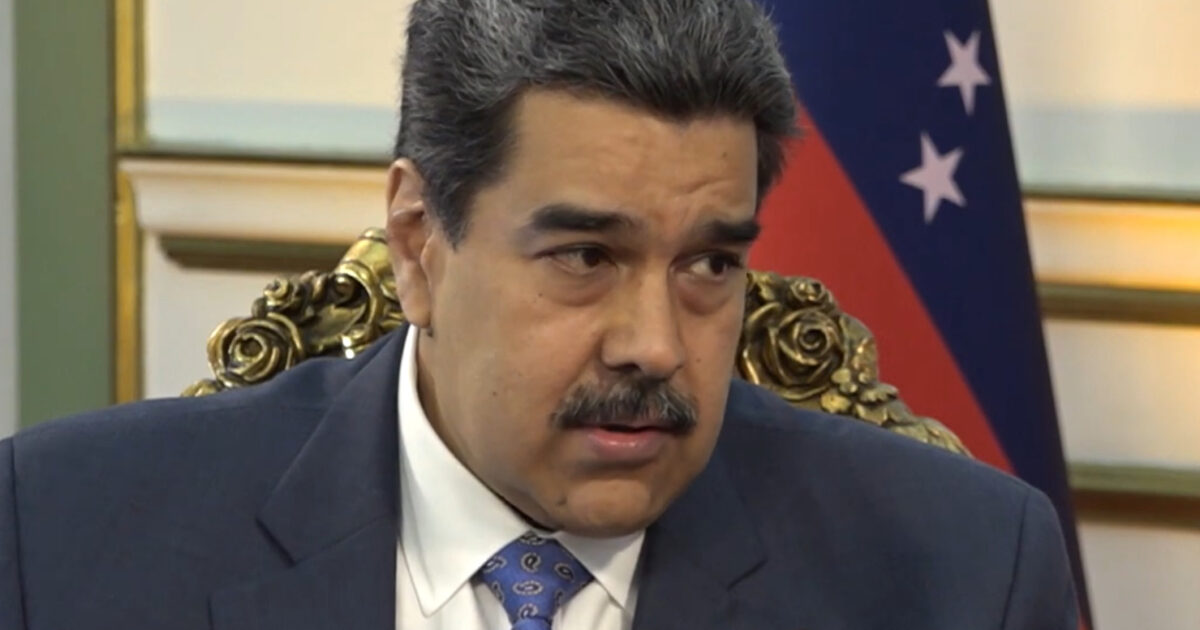
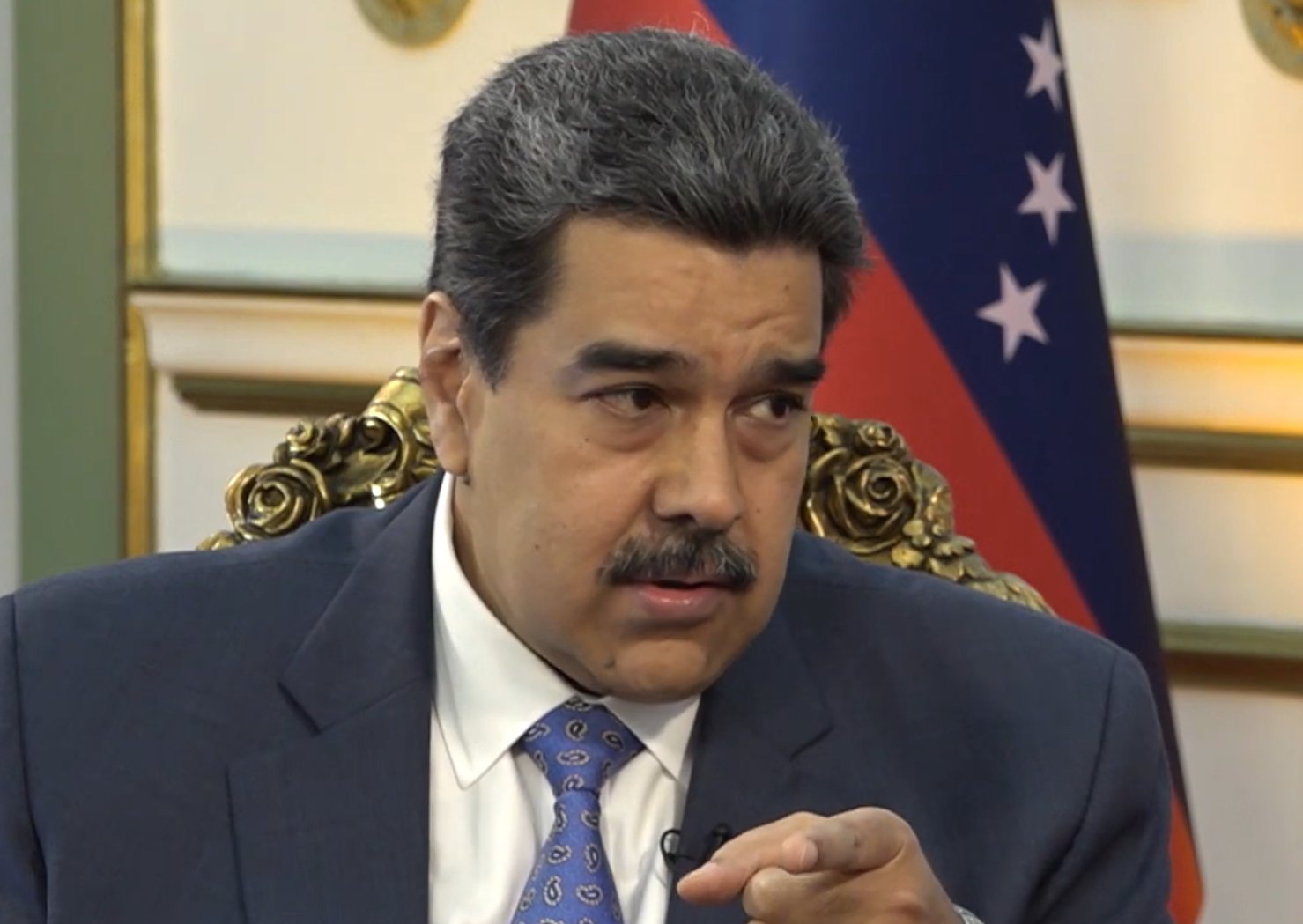
This is a Gateway Hispanic article.
The post $50 Million Bounty on Nicolás Maduro: A New Chapter in Counter-Terror Strategy. appeared first on The Gateway Pundit.
-

 Entertainment5 months ago
Entertainment5 months agoNew Kid and Family Movies in 2025: Calendar of Release Dates (Updating)
-
Tech5 months ago
The best sexting apps in 2025
-

 Tech6 months ago
Tech6 months agoEvery potential TikTok buyer we know about
-
Tech6 months ago
iOS 18.4 developer beta released — heres what you can expect
-

 Politics6 months ago
Politics6 months agoDOGE-ing toward the best Department of Defense ever
-

 Tech6 months ago
Tech6 months agoAre You an RSSMasher?
-

 Politics6 months ago
Politics6 months agoToxic RINO Susan Collins Is a “NO” on Kash Patel, Trashes Him Ahead of Confirmation Vote
-
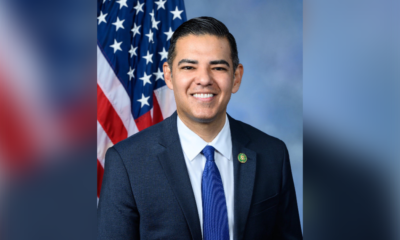
 Politics6 months ago
Politics6 months agoAfter Targeting Chuck Schumer, Acting DC US Attorney Ed Martin Expands ‘Operation Whirlwind’ to Investigate Democrat Rep. Robert Garcia for Calling for “Actual Weapons” Against Elon Musk





